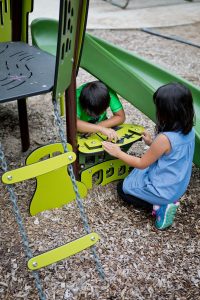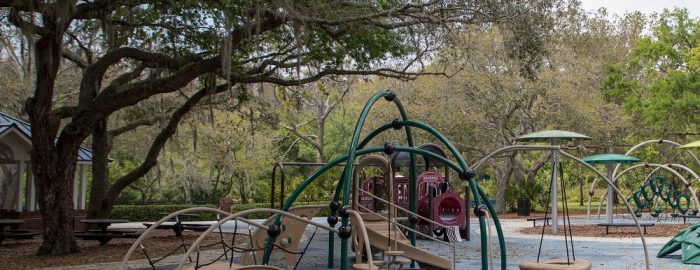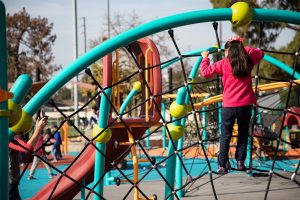How America Killed Play – and What We Can Do to Bring it Back
 We live in this new world of technology that in many ways has improved our lives but at what cost? As adults, we all can fondly recall playing on the playgrounds, picking up games on our street with neighbor kids, engaging in social interactions that developed our senses of imagination and dreams. As a child we were just playing but in actuality we were developing our brains, our social skills and many skills that we rely on as adults. We didn’t know that was happening but it was an integral part of our development.
We live in this new world of technology that in many ways has improved our lives but at what cost? As adults, we all can fondly recall playing on the playgrounds, picking up games on our street with neighbor kids, engaging in social interactions that developed our senses of imagination and dreams. As a child we were just playing but in actuality we were developing our brains, our social skills and many skills that we rely on as adults. We didn’t know that was happening but it was an integral part of our development.
Now our youth are absorbed in technology that removes these experiences and growth. As a society and as parents, we do not support enough “play time” outside and the development of these valuable skills and human development that will help our children succeed as adults. If we continue on this path, what does our future hold?
We recently came across this great article about children and the decline of play – How America Killed Play and What We Can do to Bring it Back by Brandon Hall, Content Director for STACK. We encourage you to read the article in it’s entirety (use the link above). Below are a few excerpts that we found interesting and make you rethink our “improved” world of technology and communication.
- According to the Child Mind Institute, American kids now spend an average of just 4-7 minutes a day on unstructured outdoor play, and elementary schools across the country are reducing or entirely eliminating recess. Play is an absolutely critical part of our youth, as it develops life skills in a way which is very hard to replicate elsewhere. How did this crucial component of the human experience get so diminished?
- A 2018 report from the American Academy of Pediatrics confirms that play enhances creativity, imagination, dexterity, boldness, teamwork skills, stress-management skills, confidence, conflict resolution skills, decision-making skills, problem-solving skills and learning behavior. Play is an essential part of the human experience, and a lack of play can have troubling short and long-term ramifications for children.
![]()
- A major benefit of play is what’s known as “risky play.” This entails engaging in play that creates some sense of fear. This often involves ascending to great heights (climbing a pine tree), moving at great speeds (riding a bike or swinging on a rope swing), play fighting (wrestling), going off on your own (hide and seek) or engaging with dangerous tools/environments. Risky play is a fundamental part of play. Children like to test their limits and innately know how much fear they can tolerate, and when they engage with fear and survive the experience, they become more resilient, confident and better-equipped to handle stress and anxiety. While play in general has decreased over the last five or six decades, risky play has been hit particularly hard due to overprotective parents. Playgrounds have become increasingly sterile in America—most are now devoid of equipment that allows you to confront any fear of heights or high speeds, and offer little challenge in the way of dexterity or agility.
- Dr. Peter Gray notes that continually decreasing levels of play have coincided with increases in depression and anxiety among young people. In a 2014 TEDx Talk, he outlined how five to eight times as many children now suffer from major depression or a clinically significant anxiety disorder as compared to the 1950s.
We have a responsibility to our children to help them grow and develop. We can do that by making changes in our communities and the way we approach play. Let’s help each other to do better by our kids and our future generations. We will make mistakes and fail, but it’s important to learn from our past in order to change our future.














